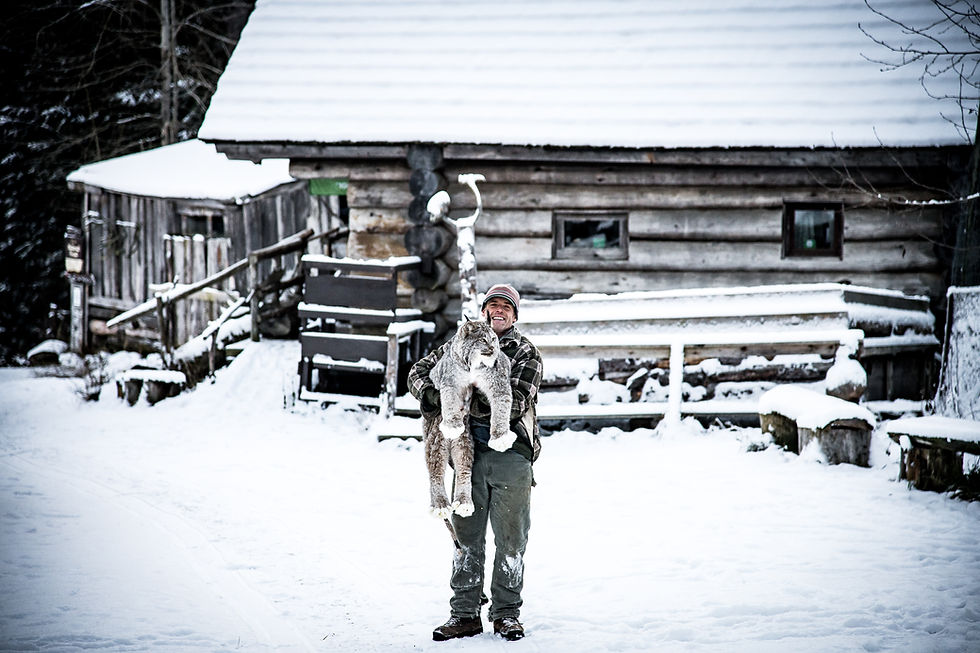Polar Bear Kills Woman and Child
- Michelle Theall
- Jan 20, 2023
- 2 min read

Two days ago, a polar bear killed a woman and her one-year-old son in Wales, Alaska, an extremely remote Alaska Native village roughly 50 miles from Russia. What makes this incident so unusual, other than the fact that it’s been 30 years since a fatal mauling like this has occurred in the state, is that the attack happened at the end of January, when bears should be long gone, out on the sea ice hunting.
As soon as ice forms in the North, starting around late October, polar bears leave land to go hunt seals (pregnant females stay, but are denning until March) off frozen platforms above ocean water breathing holes. Those bears remain on the ice until spring break-up, roughly around April or May. Villages use polar bear patrols, cracker shells, and other deterrents from spring through late fall to keep humans (and bears) safe. But most communities relax those measures once the ice comes in and the bears disappear. There’s a problem, though.
Ice is forming later and breaking up earlier these days, meaning that polar bears must go longer without their main food source. One has to wonder if the polar bear, a marine mammal with the Latin name Ursus maritimus, will shift its diet from ocean to land in order to survive. In places like Svalbard, Norway, there have been thirteen documented incidents of polar bears hunting reindeer to bridge their ever-lengthening fast—but land creatures aren’t their preferred food source, nor do they provide the bears with enough fat to sustain them.

Likely, there was something wrong with this particular bear in Wales, but we won’t know for some time, if ever. While children huddled with their teacher in a lock-down with the bear outside the school, the bear was shot and killed. It had decided to hunt humans, instead of ring seals, and was an immediate threat to the village. No other option existed.
I’ve spent quite a bit of time photographing these amazing, but dangerous animals in the Arctic National Wildlife Refuge in Alaska during the months before the ice has frozen solid. Those moments rank among the highlights of my career (see video reel here)—and because they are a threatened species, the odds of seeing them are vanishing. I hope that the horrific and traumatic incident in Wales is a one-off anomaly. But I do wonder. I’ve witnessed the undeniable adaptations that have happened since my first visit to the Arctic in 2003, and with oceans warming at an alarming rate, we’ve little time to spare to change the trajectory.





Comments